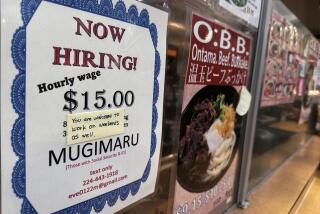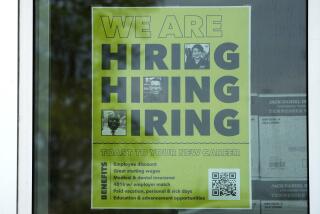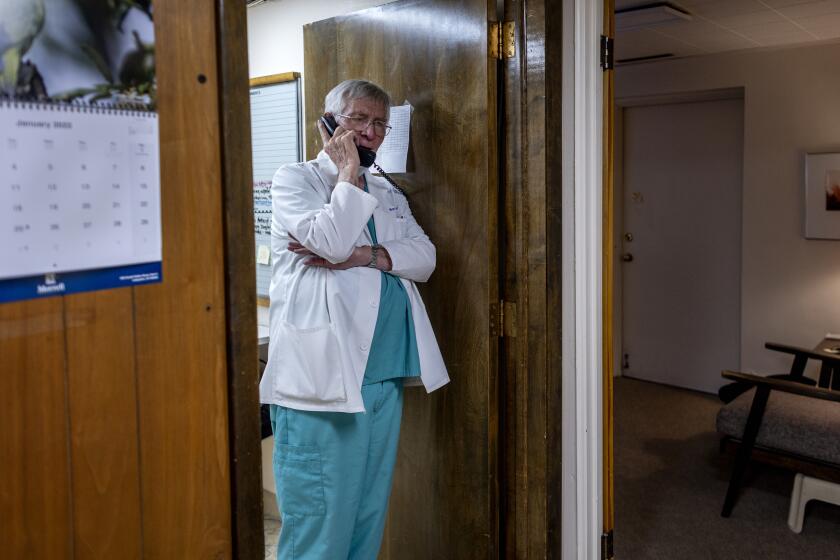Why not extend jobless benefits again?

In what has become an annual threat, federal unemployment benefits are set to run out shortly after Christmas, cutting off aid to 1.3 million laid-off workers who’ve been sidelined for more than six months. The improving economy has helped reduce the rolls of the long-term unemployed significantly, as well as the cost of providing a few extra months of benefits to job-seekers. But the number of applicants still dwarfs the number of jobs available, a harsh reality that can be improved only by economic growth, not by giving less help to those struggling to find work.
Federal unemployment benefits kick in after jobless workers use up the aid their states provide (typically after 26 weeks). The benefits are available only in times of high unemployment, and the number of weeks an individual can claim them is tied to the state’s unemployment rate. Job-seekers in three states are currently eligible for the maximum — 47 weeks, down from 63 weeks in 2011 — while those in every state but North Carolina are eligible for at least 14 weeks.
The point of the program is to provide a safety net for laid-off Americans and keep money flowing into the economy when payrolls are unusually low. But some critics argue that federal benefits exacerbate unemployment by reducing an idled worker’s incentive to take whatever job is available. Although it’s a popular theory among conservatives, researchers disagree on whether the benefits provided much of a disincentive during the current downturn. Nor is it a good thing for the economy when people give up their skills, training and experience to take a job flipping burgers or operating a cash register just because those are the only ones available. Such moves waste a lot of investment in human capital.
YEAR IN REVIEW: Washington’s 5 biggest ‘fails’ of 2013
Employers have been creating jobs slowly but steadily for four years, reducing the average number of weeks of extended unemployment benefits by 36% over the last two years. Yet there are still 1.6 million fewer jobs than there were before the crash, and the ratio of job applicants to openings — nearly 3 to 1 — remains as high as it was after the 2001 recession. So it’s no surprise that the percentage of workers who’ve been jobless for more than six months remains unusually high. That percentage is twice as high as it has been any previous time Congress has cut off extended unemployment benefits.
Rather than cutting off benefits to those Americans now, Congress should let the program phase out naturally as unemployment drops to more reasonable levels. With Democrats proposing a way to renew the extended benefits without increasing the deficit — by cracking down on tax evaders— there’s no good reason for Republicans to say no. There’s only a questionable theory that ignores how few jobs are available.
More to Read
A cure for the common opinion
Get thought-provoking perspectives with our weekly newsletter.
You may occasionally receive promotional content from the Los Angeles Times.










